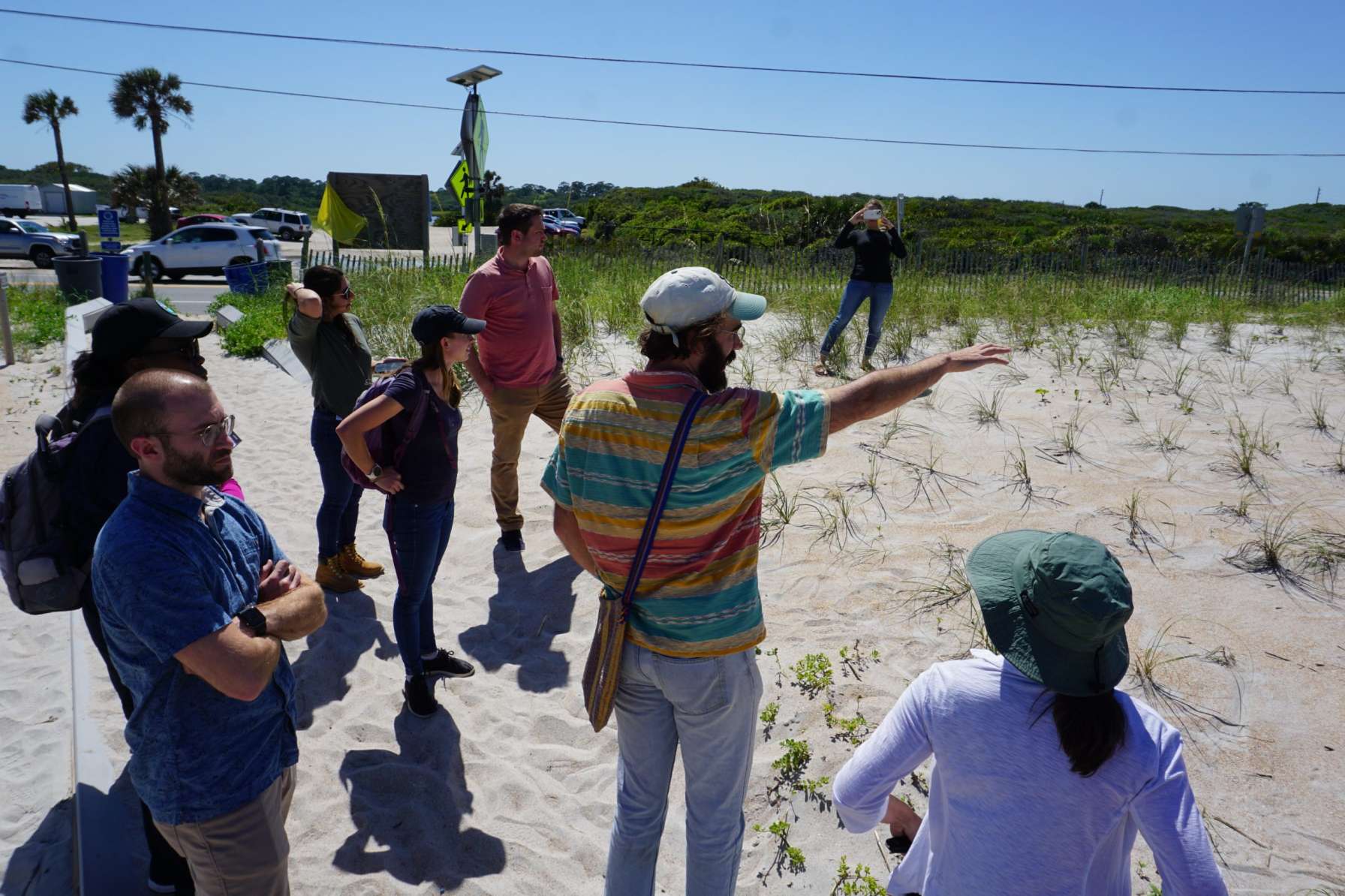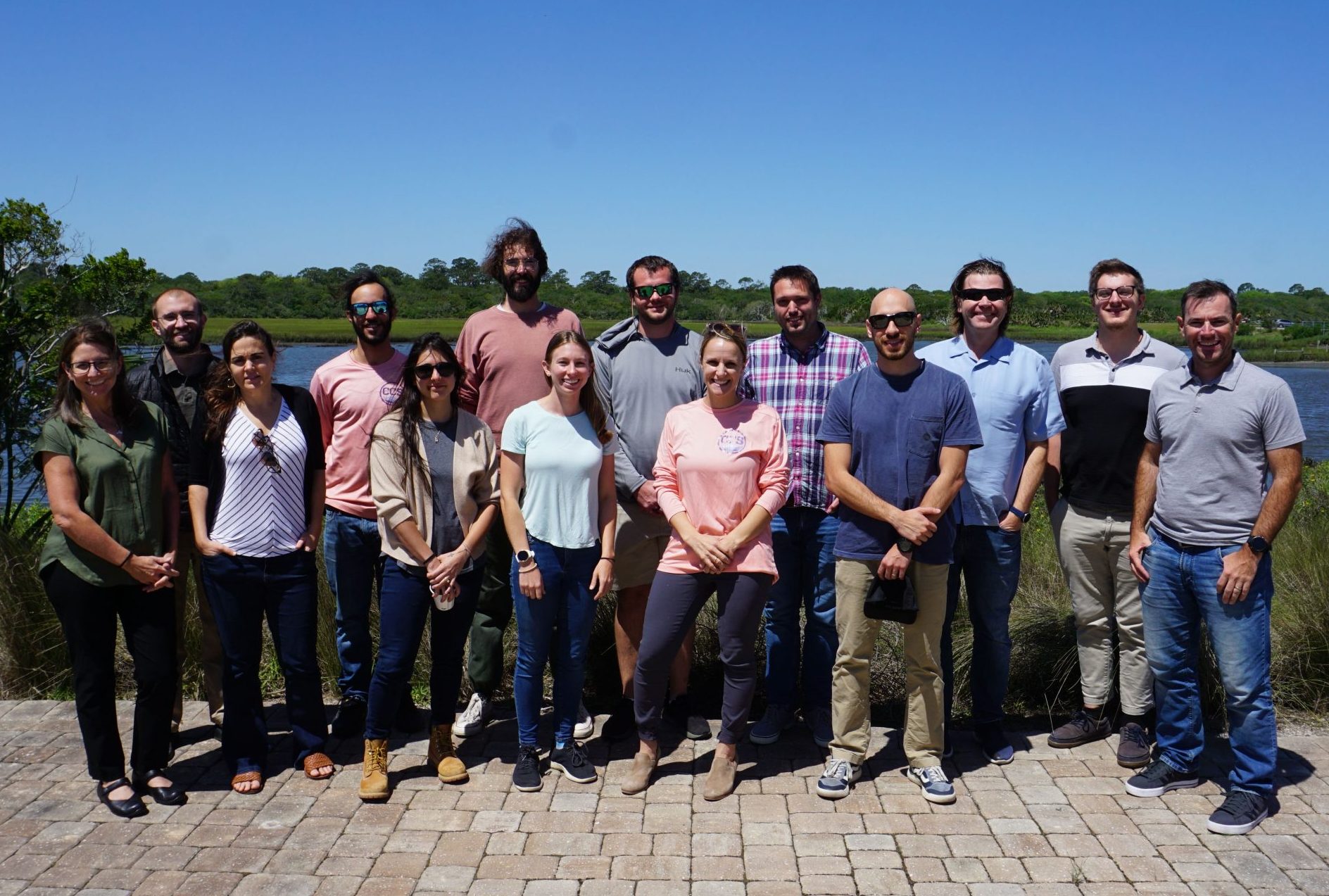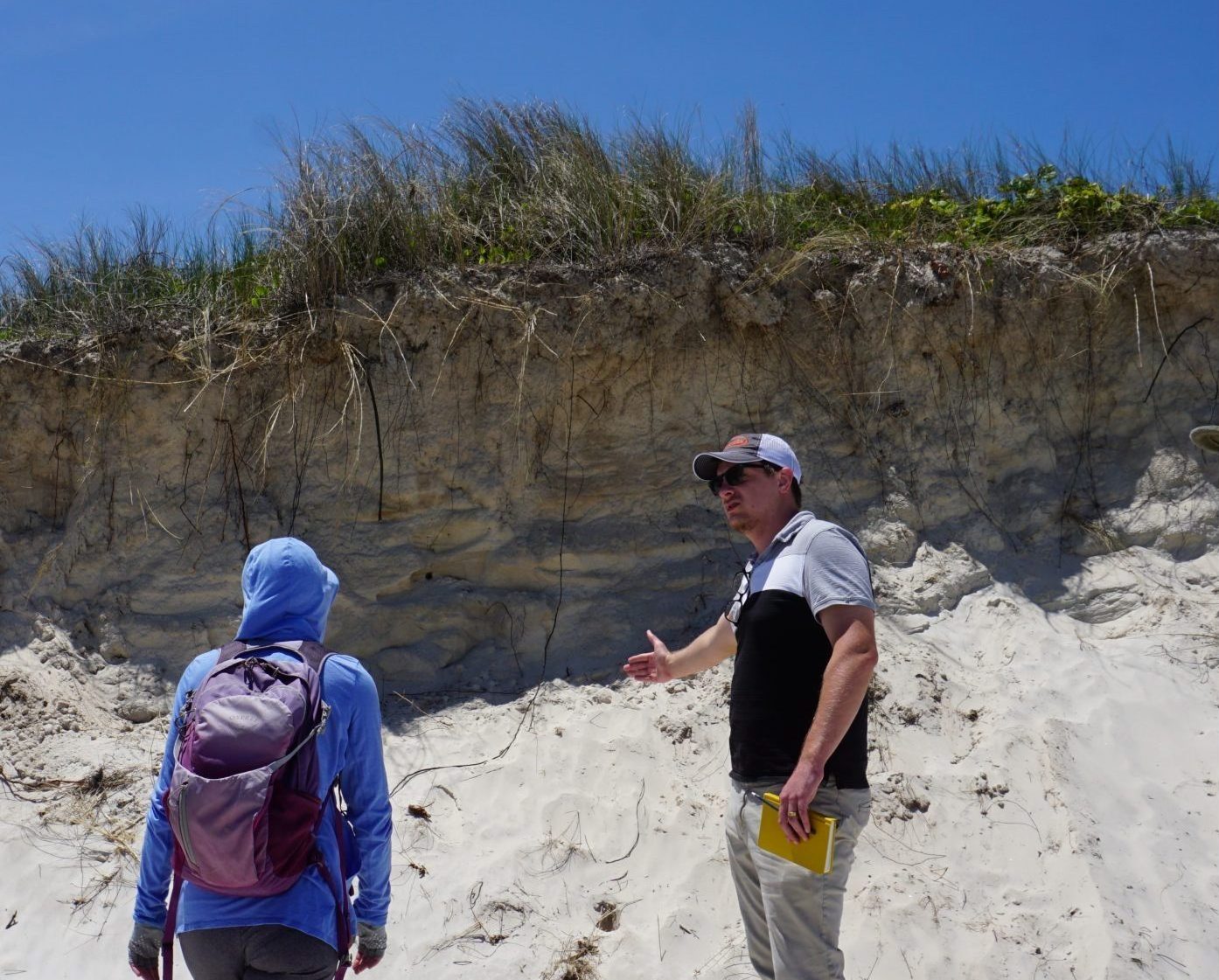Coastal dunes are one of the first lines of protection for communities and infrastructure on the coast in the face of extreme storm events, sea level rise and other effects of climate change. By adding nutrients to the soil, diversifying plant species and planting density, CCS researchers found that dunes can revegetate and grow to maturity in about three months, a much faster rate than previously achieved.

“Here in Florida, we get storms every year, which puts restoration projects in jeopardy and oftentimes, what we’re doing is maintenance restoration. We restore a dune, a storm comes through, wipes it out, we restore it again,” said Joe Morton, Ph.D., a postdoctoral research fellow in environmental engineering sciences at the University of Florida. “Our experiment results demonstrated a powerful synergism — revegetated dunes that resembled the biomass of mature dunes in only three months rather than years. That is critically important for changing the way we approach these ecosystems.”
Morton is part of a team of researchers from CCS and the Engineer Research and Development Center (ERDC) of the U.S. Corps of Engineers (USACE) that is studying dune ecology and life cycles to understand how and why coastal landforms are evolving. As the team gains insights into how dunes grow, change, stabilize, and the role ecology plays in their stability, the results can help coastal communities be better protected from storms and coastal erosion, which also has economic benefits for tourism as well.

The group met at the Guana Tolomato Matanzas (GTM) National Estuarine Research Reserve in St. Augustine, Florida, for a workshop from May 2 to 3 to discuss their dune research for an Engineering With Nature project, a collaborative initiative that will inform restoration managers about where and how to prioritize efforts for higher returns on investment.
“We have a well-rounded team to investigate potential solutions from multiple fronts,” said Leigh Provost, a research hydraulic engineer with ERDC. “We’re combining UF’s expansive knowledge of Florida’s coastline from an engineering, geomorphological and ecological perspective, with ERDC’s knowledge of coastal processes in addition to their remote sensing and modeling capabilities.”

During the workshop, the team shared progress on research, outlined communication plans for the project, identified stakeholder engagements, defined future products for development and visited field sites in preparation for work that will take place in the summer. In this project, UF students and postdoctoral researchers collaborate with ERDC researchers, opening the door to future career possibilities with ERDC and the USACE in the future.
“Several highlights stand out to me from the workshop: Seeing the advances that have been made by ERDC researchers in hindcasting wave climate, learning about the dune monitoring efforts at the USACE field research facility, hearing about plans to run wave tank experiments on a ‘real’ dune transported from the field and the spirited discussion about stakeholder engagement,” said UF Associate Professor Peter Adams, Ph.D., who is leading the project’s dune life cycles component. “We’re excited that the results of our work will have a direct influence in future coastal management actions.”
Read more about the workshop here.
—
By Megan Sam
